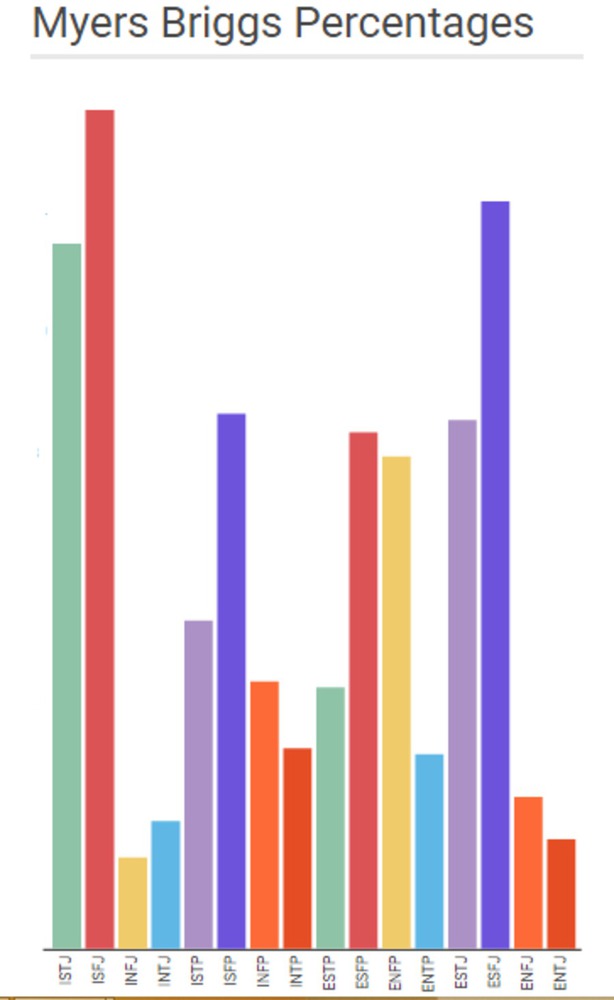Product
Detail what you created. What did you create, how, etc. What methods or techniques did you use? What tools and technologies were involved? Include images, code or video.I created a Bar Graph meant to show the different Myers Briggs Personalities and their distribution in the population. It lies in that I removed the numbers on the side so one just know how common or uncommon their personality is. I used the website infogram to create the initial chart and then used Paint to get rid of the numbers.
